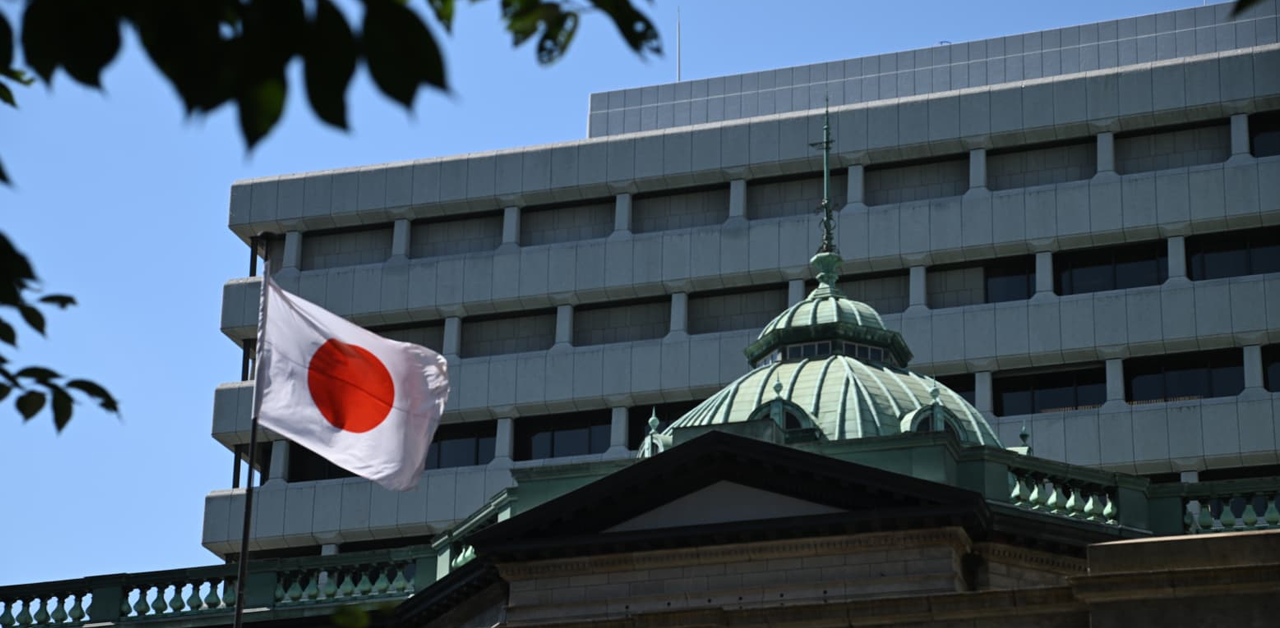China’s Central Bank Restarts 14-Day Reverse Repos to Ease Year-End Liquidity
After a three-month hiatus, the People’s Bank of China (PBOC) has recommenced its practice of injecting short-term cash into the financial system via 14-day reverse repurchase agreements (reverse repos). This move, enacted on Monday, is part of a broader strategy to manage the surging liquidity requirements typically seen as the year draws to a close.
Reverse repos are financial instruments used by central banks to control the money supply. By selling securities with the agreement to repurchase them at a later date, central banks can temporarily decrease the amount of money circulating in the economy. The PBOC’s latest round of injections funneled a substantial 244 billion yuan (equivalent to approximately $34.28 billion) into the market through these operations. This capital injection was divided into two segments: a majority of 184 billion yuan was allocated to the seven-day tenor—standard short-term loans—and the remaining 60 billion yuan was directed towards the 14-day tenor.
This recent allocation marks the first instance since late September that the 14-day reverse repo contracts have been employed by the PBOC. These longer tenor agreements are indicative of the central bank’s intent to provide a more sustained source of funds, ensuring that financial institutions have adequate cash for a longer period.
The PBOC’s actions reflect its commitment to maintaining a stable financial environment, a necessity for economic growth and stability. The bank’s official statement on Monday underscored this objective, indicating that the operation was specifically designed to preserve “reasonably ample” liquidity conditions as the year-end approaches. Maintaining such liquidity is crucial for the smooth operation of financial markets, as it enables banks to fulfill withdrawal requests, grant loans, and support economic activity without undue stress.
In broader economic terms, these measures are closely watched by market participants as they often signal the central bank’s monetary policy stance and outlook on the economy. The PBOC’s decision to resume 14-day reverse repos could thus be interpreted as a proactive step to pre-empt potential cash shortages, stabilize money market rates, and guide market expectations during periods of seasonal cash demand.











